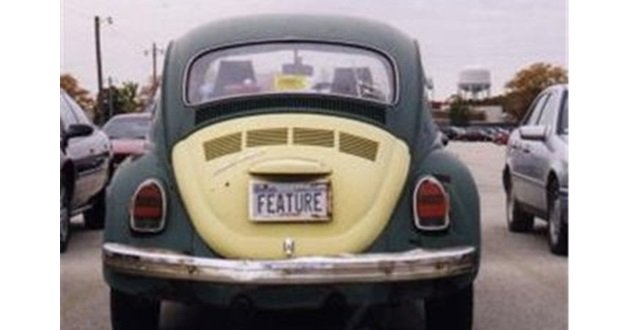 As 2009 dawned, I was shopping for a new (read: used) car. The one I drove most of the time was, at this point, 14 years old.
As 2009 dawned, I was shopping for a new (read: used) car. The one I drove most of the time was, at this point, 14 years old.
I was focused on one brand and one model, but I was soon entranced by a different model from that brand—in fact, it was the top of the line. A dealership in town had a very good one in stock (a 2005 model with low miles). So on a Friday, I stopped by to see it up close, and they invited me to take it home for the night as an extended test drive.
It was a fun car. Even back then, the tech in the car was pretty nice—built-in navigation, 5.1 audio from Bose, heated seats, advanced climate control, paddle shifters. At the time, it was a revelation. One thing I was immediately charmed by was that you could press a button and say a command, such as “set driver temperature to 70,” “play CD 2,” “find nearest post office,” and more. How cool is that?
We ended up buying the car and I still drive it today. It’s doing alright, but showing it’s age now, and my soon-to-be 16-year-old will probably start driving it in 2020.
Here’s the punchline: After being amazed by the voice control during the test drive, I’ve hardly used it. While it’s cool to say “set driver temperature to 70” and see it change, it’s definitely easier to do it by hand. If the navigation was up-to-date, I would probably use those commands more often (“find the nearest Japanese restaurant”), but cell phones handle that just fine.
Thinking back this week on my earlier amazement with this feature, the lesson seemed to be “don’t fall in love with features you won’t use.” When considering capital expenditure for hardware and software, make sure you’re decision is all about the core features — and what you derive from them that delivers value. Flashy aspects of products grab attention, but are they really what you’ll use?
One thing’s certain: I’m glad I didn’t buy the car only because of the voice control.




